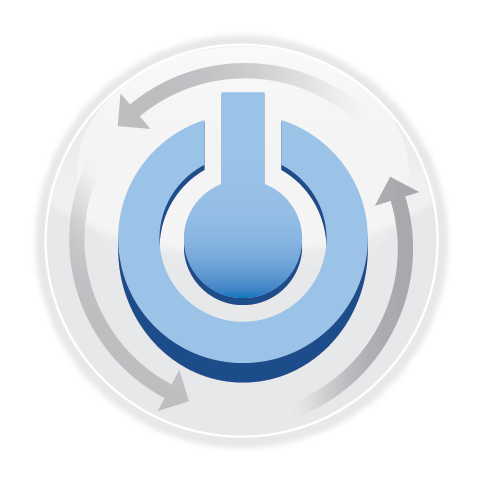Last month, we have identified the most common Revenue Cycle Management critical gaps within medical practices which can be triggered before and after a claim is filed, including:
- Claims are not filed promptly.
- Patient information is not accurate or up to date.
- Claims are sent to the wrong place.
- Coding problems cause rejections.
- Clean claims aren’t paid for 30-120 days by insurance companies.
- Patients owe balances for services not covered by insurance. You become the “bank” and must issue statements and follow up.
- Patients can’t or won’t pay; resulting in write-offs.
- Collection agencies can be bad for patient relations and can cost upwards of 50% of the money collected.
- You have to borrow money to cover expenses while waiting for payments that may arrived in weeks, months, or sometimes – never.
- Some insurance companies refuse or delay payments that are rightfully due.
- Other carriers have low reimbursements that require you to see more patients to net the same money.
To fix these issues, it is necessary to perform a systematic review of every component of the revenue cycle. To begin, have your office staff walk you through every point of patient contact from the initial phone call to a paid claim. You may discover you’ve made assumptions about how things are being handled up front while you’re busy in the back.
Look at every step through the revenue cycle management lens. You’ll see how to
plug many of the leaks that cost money before and during the visit.
Don’t forget to include your back office in the review. Inventory control is crucial, as
well as appropriately treating patients in the most efficient way. After completion of your review, implement these steps to initiate the positive change for your practice:
- Let your staff help you formulate improved systems and office procedures. The people on the front lines always know about problems the boss might not necessarily notice.
- Make employees aware of the factors that stall cash flow. Let them know they have a stake in keeping the practice healthy and profitable.
- Institute simple checklists to make sure all the bases are covered. Make it known these aren’t recommendations, but the expected standard.
- Document the procedures you want implemented and review them with new and existing staff.
- Monitor improvements monthly. Reward the staff for actively improving cash flow and income by using the system, and random acts of efficiency.
Fortunately, there are proven systems to handle the problems stemming from medical claims and patients that owe you money:
- Slash rejected claims from the national average of 30% to an enviable 2% or less.
- Receive the patient’s monthly payments on time for the balances they couldn’t pay at the time of service was provided.
- Collect on the old accounts receivable that you’re about to write off without hiring a lawyer or using a traditional collection agency.
These suggestions are simple and obvious, however it’s easy to simply get stuck in the same old ways, overlooking the reasons for a cash crunch. Medical profession is designed to create cash flow problems. To get the most money into your practice, and most out of it, you must go on the offensive.
To know more about Patient Payment Plans, Patient Payment Portal and Meditouch Practice Management, please visit at www.elitemedbiz.com.
